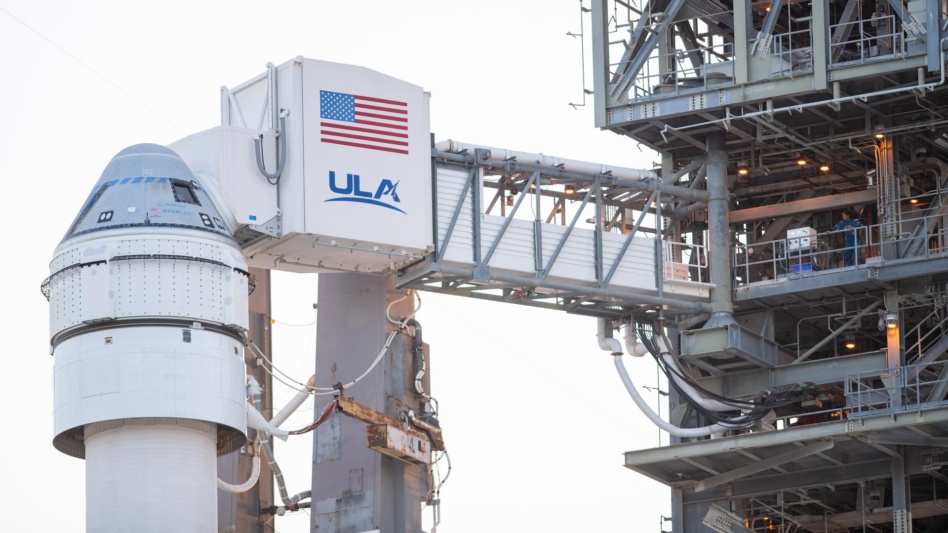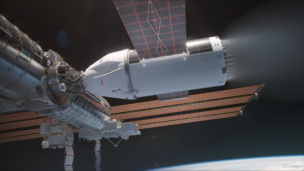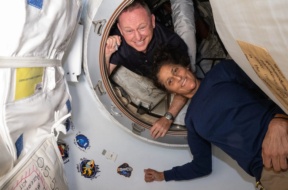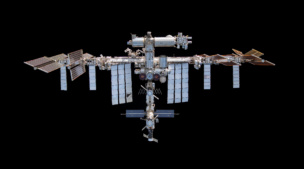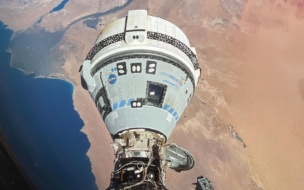The loser of a court battle over valve designs went scorched earth this week, with ValveTech CEO Erin Faville publicly urging NASA to cancel the launch of Boeing’s crewed Starliner “due to the risk of a disaster.”
The space agency had already made the decision to delay the mission to replace a valve in the second stage of the ULA Atlas V rocket that will carry the first crewed Starliner to orbit. Engineers determined that the valve, which had been “buzzing” before launch, exceeded the number of cyclings it had been qualified to perform.
It’s rare for rival space companies to call out each other—or NASA—when launch vehicles are facing issues on the pad. The agency has long insisted that safety is its top priority. ValveTech’s surprising allegations stem from a long-running court battle that came to an end this week.
The dispute: In 2011, Pratt & Whitney Rocketdyne—now known as Aerojet Rocketdyne, a division of L3 Harris—hired ValveTech to build valves for the Starliner’s propulsion system. After disputes over design between the two firms, Aerojet ended the relationship in 2017; ValveTech sued the company for violating NDAs and misusing its trade secrets to design new valves.
After years of motions, depositions, and a trial, a jury found in November that Aerojet had violated NDAs with ValveTech, but hadn’t misappropriated any trade secrets. ValveTech was awarded $850,000 in damages, but it sought further restrictions on Aerojet and court fees. On May 6, a US District Court judge denied those motions and closed the case.
Faville, who says her company supplied other valves for Starliner, told Payload she has concerns that Aerojet-built valves on Starliner were not properly qualified for human flight, which she has communicated to the space agency and Boeing.
A Boeing spokesperson said the valves “meet all NASA and Boeing requirements,” and that NASA and Boeing are focused on safety in determining when Starliner will fly.
“ValveTech’s speculation about the cause of the scrub on Monday night is inaccurate and irresponsible,” the spokesperson said in a statement.
The wrong valve. The problem on this particular mission wasn’t in the Starliner capsule, but in its launch vehicle. While Starliner has suffered valve leaks before, which led to a dispute between Boeing and Aerojet in 2022, the ULA-built Centaur is a different machine altogether.
ULA CEO Tory Bruno responded to Faville’s allegations on Twitter: “Close to none of it is correct: Not urgent. Not leaking. Etc. Remarkable that the particular person quoted doesn’t seem to know how this type of valve works…”
